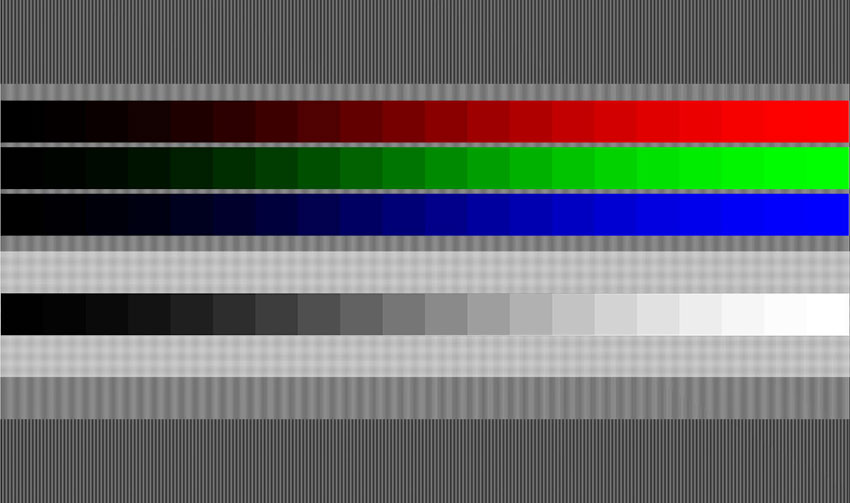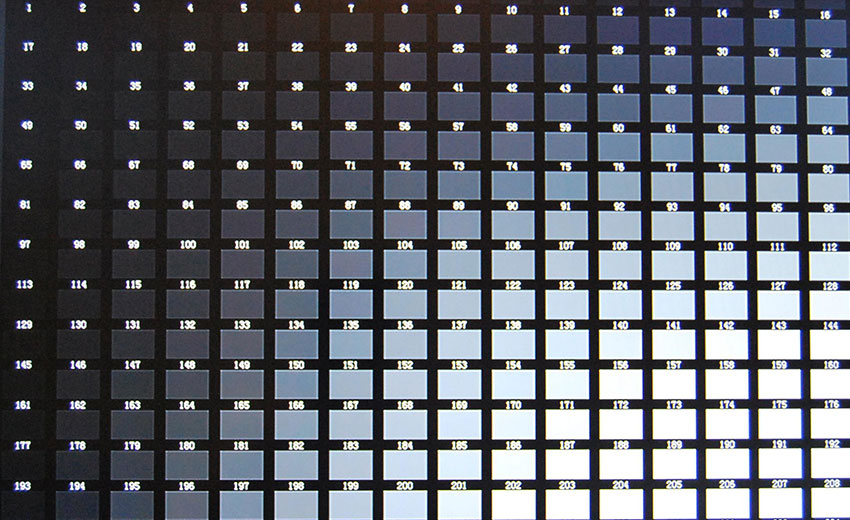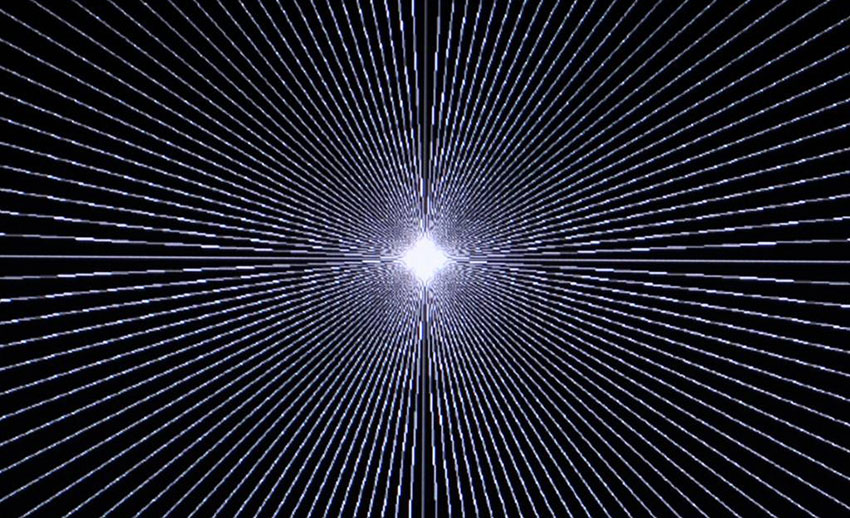When evaluating display quality, three key technical parameters must be considered: contrast ratio, uniformity, and resolution. Each plays a vital role in defining the overall visual experience, whether for projection screens or conventional displays.
Screen Contrast Ratio
Contrast ratio is fundamental to image clarity, depth, and color reproduction. It refers to the ratio between the brightest and darkest parts of an image—essentially, the difference between maximum and minimum luminance levels. A higher contrast ratio enables greater differentiation between light and dark areas, which is essential for displaying subtle details and a wider range of colors.
The broader the range between the brightest white and the darkest black, the more dynamic and layered the image appears. For instance, a contrast ratio of 120:1 is generally sufficient to produce vibrant and rich color performance. When the ratio reaches 300:1 or higher, the screen can accurately reproduce a full spectrum of color gradients, greatly enhancing the realism and texture of the picture. This is especially important in applications where precision in grayscale and color shading is required, such as graphic design, medical imaging, and home theater systems.

Screen Uniformity
Uniformity refers to the consistency of brightness and color across the entire display area, regardless of the viewer’s angle—from 0 to 180 degrees both horizontally and vertically. High uniformity ensures that images maintain consistent color and luminance from center to edge, which is critical for collaborative viewing and professional applications.
In projection systems, uniformity is influenced by both the screen material and the projection technology. Typically, the brightest area of a projected image is the center, while the edges tend to be darker. Screens with high uniformity help compensate for this natural fall-off, resulting in a balanced and pleasing image. Poor uniformity, on the other hand, leads to visible hot spots or dim zones, distracting the viewer and reducing overall image quality. Advanced screen surfaces with diffusive or optical structures can significantly improve uniformity by better managing light distribution from the projector.

Screen Resolution
Resolution defines the level of detail a screen can reproduce. It is typically described in terms of pixel count for digital systems (such as LCD, DLP, D-ILA, and LCOS projectors) or bandwidth for analog systems (like CRT projectors).
- Pixel-Based Resolution: In fixed-pixel displays, resolution is expressed as the number of horizontal and vertical pixels (e.g., 1920×1080). The total pixel count determines the sharpness and fineness of the image. Each pixel acts as a building block of the picture; thus, higher pixel density results in smoother edges and more detailed imagery.
- Bandwidth (for CRT Projectors): In CRT-based systems, resolution is related to the horizontal scanning frequency, measured in MHz. Higher bandwidth allows more signal information to be transmitted per second, thereby supporting higher image detail.

It’s important to note that certain optical screens—such as Fresnel lens-based rear-projection screens—have inherent structural patterns (e.g., lens pitch and groove spacing) that can affect effective resolution. On the contrary, diffuse reflection rear-projection screens (both rigid and flexible) and front-projection screens lack such physical constraints, allowing them to fully support high-resolution content without optical interference. This makes them ideal for modern high-definition and ultra-high-definition applications.
In summary, contrast ratio, uniformity, and resolution are interdependent factors that collectively determine display performance. A thorough understanding of these parameters helps in selecting the right screen or display device based on specific usage scenarios and performance requirements.


